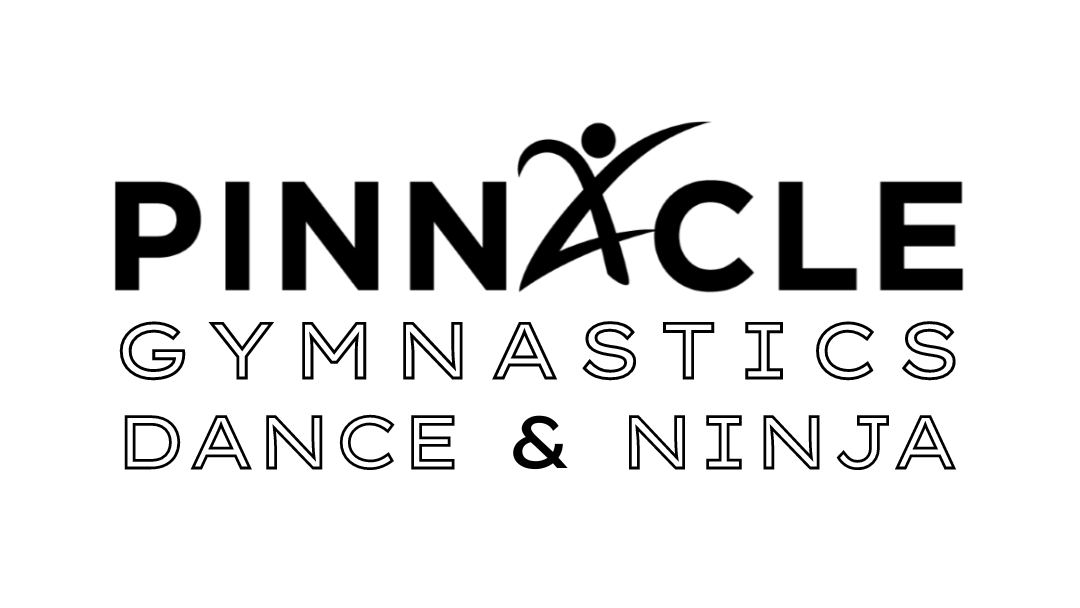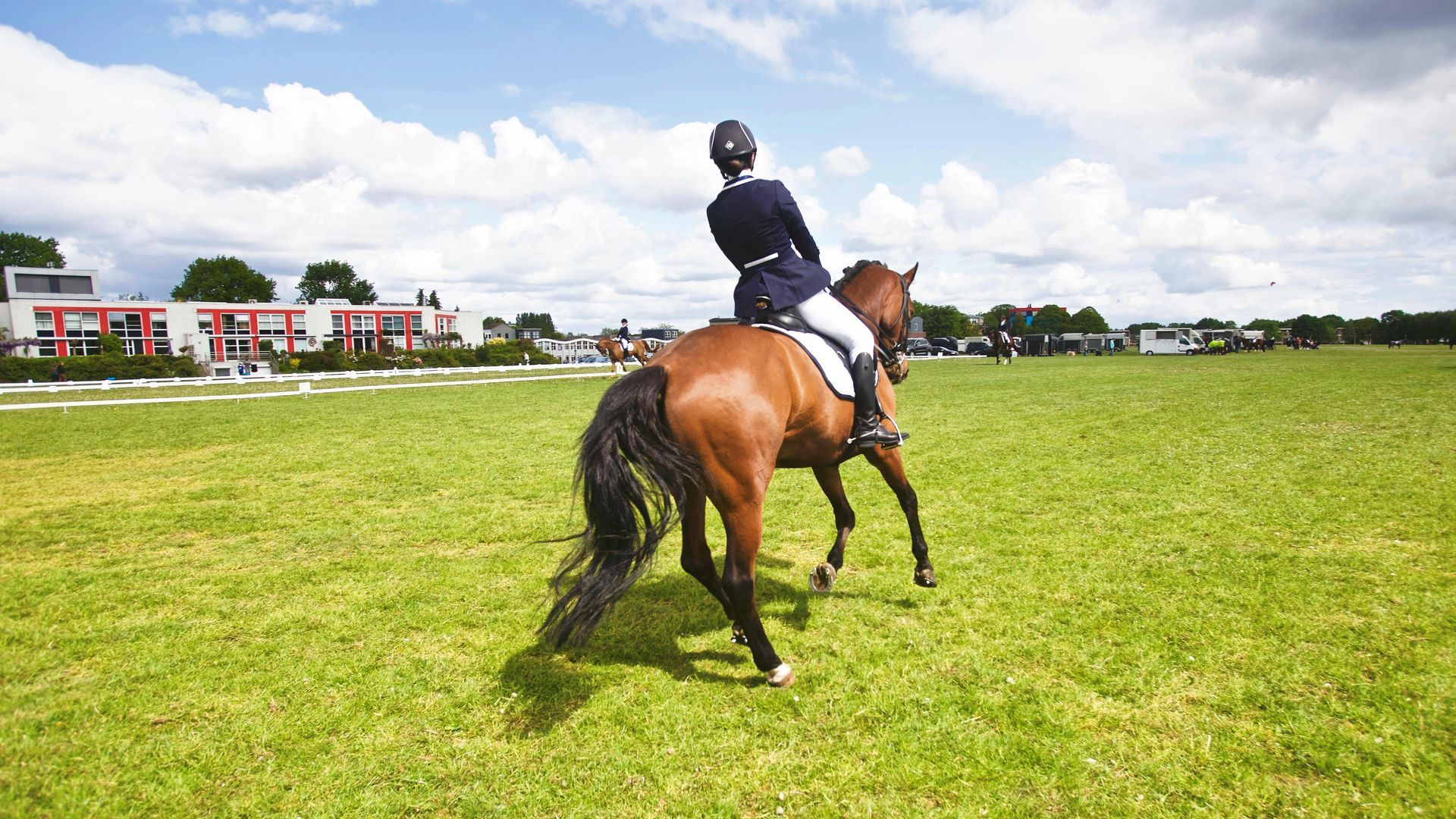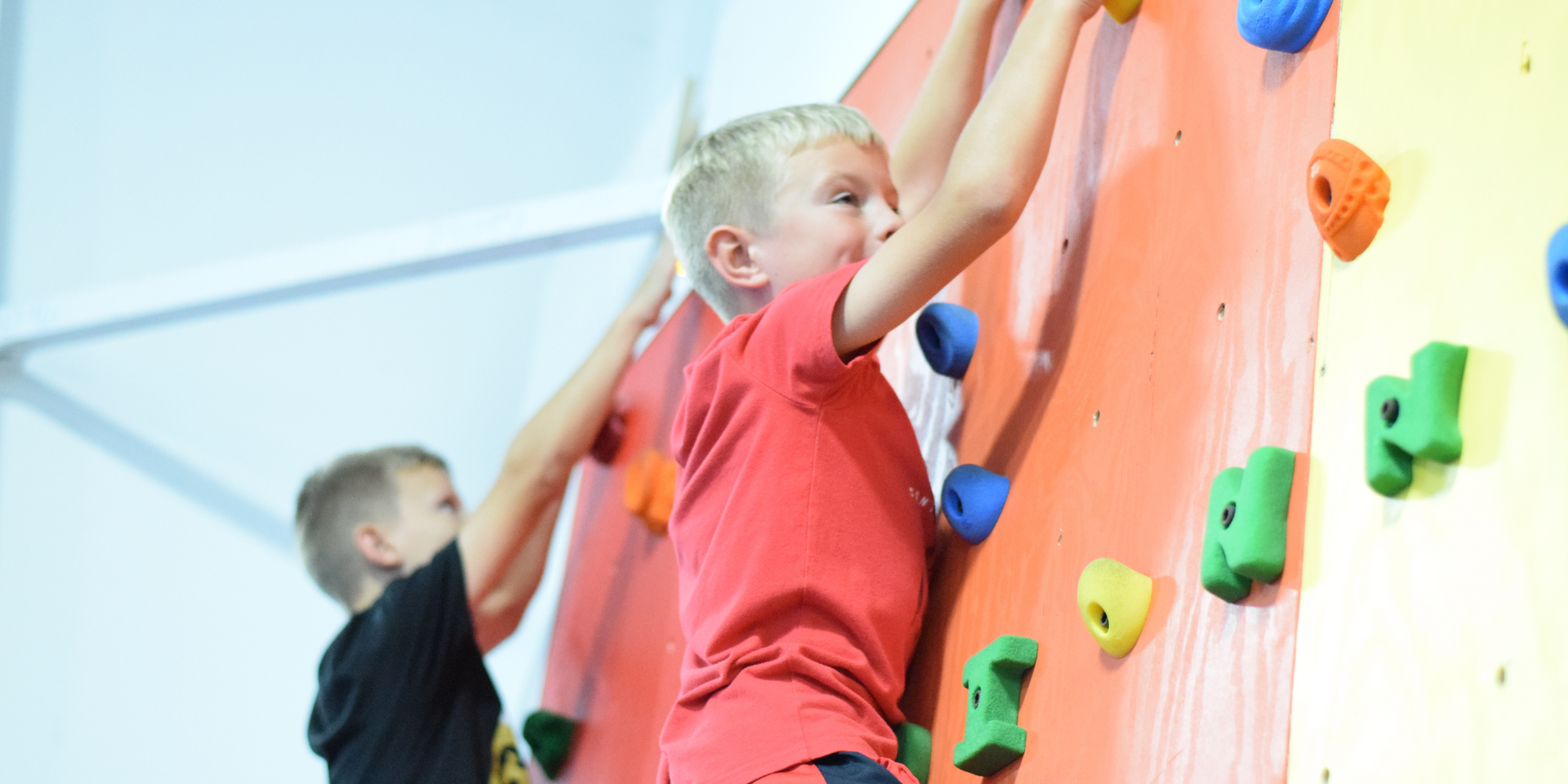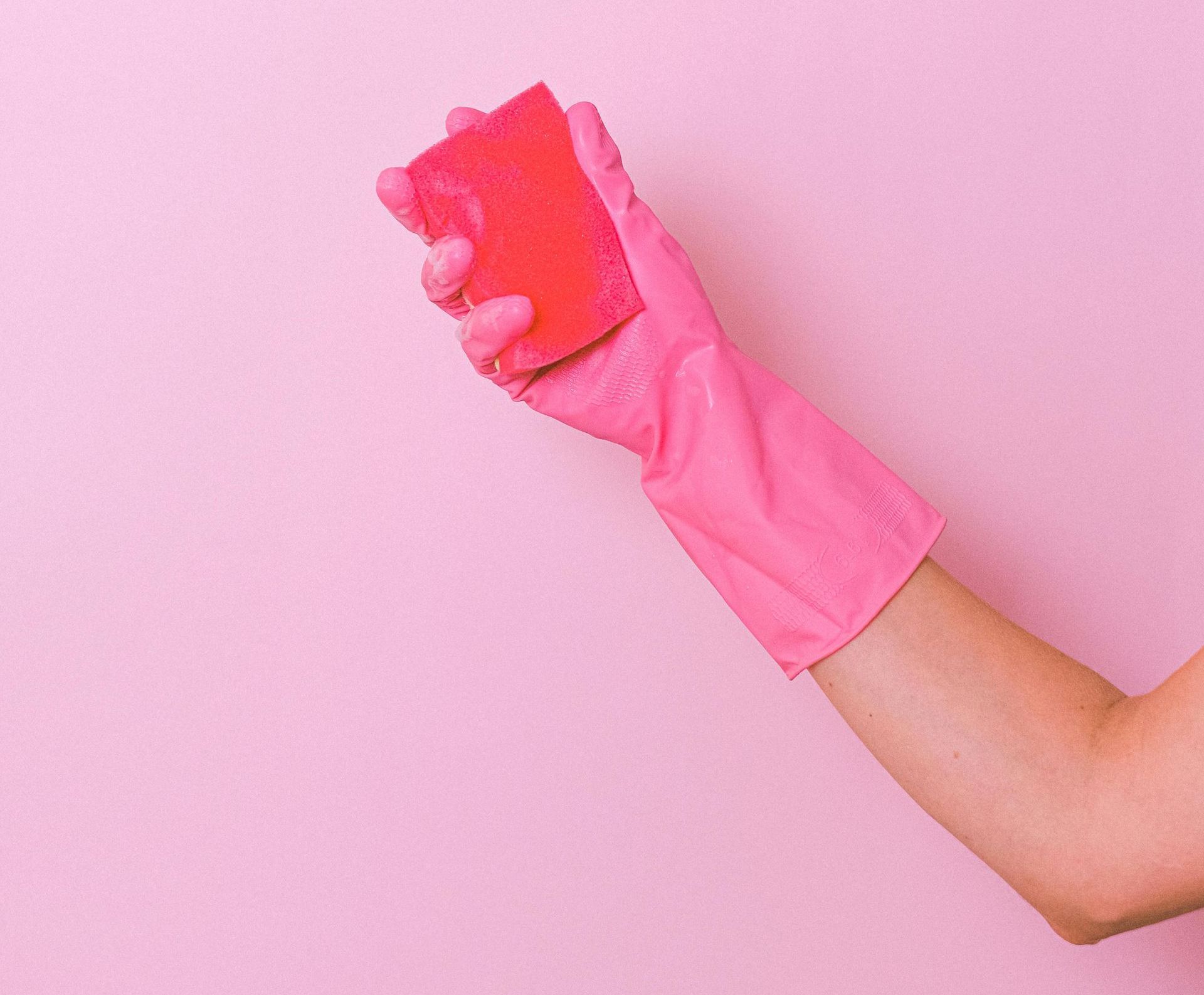Safety of Foam PIts
Foam pits have become a hallmark of many gymnastic and acrobatic environments, offering an exciting way to practice high-flying stunts and complicated maneuvers without the risk of injury. Whether in trampoline parks, gymnastics facilities, or cheerleading arenas, foam pits are often seen as the ultimate safety feature, cushioning athletes as they land from daring flips, jumps, and dives. But how safe are foam pits, really?
While foam pits certainly reduce the likelihood of serious injury, they’re not foolproof. Like any piece of equipment, foam pits come with their own set of risks and considerations. In this blog post, we’ll explore the pros and cons of foam pits, discuss the potential hazards, and provide essential tips on how to use foam pits safely.
What is a Foam Pit?
Before diving into the safety aspect, let’s first understand what foam pits are. Essentially, foam pits are large containers filled with soft, lightweight foam cubes designed to absorb the impact of a fall. The cubes are typically made from high-density foam, which offers a cushion without being too firm. Foam pits are primarily used in activities like gymnastics, cheerleading, diving, parkour, and trampoline parks, allowing athletes to practice stunts, flips, and jumps with reduced fear of injury.
The idea behind foam pits is to provide a softer landing surface, so athletes can execute high-risk maneuvers, knowing they have a safe place to land. But despite their popularity and widespread use, foam pits are not without risks.
The Benefits of Foam Pits
- Reduced Impact on Joints
The primary benefit of foam pits is their ability to absorb impact. When an athlete falls or lands from a great height, the foam cubes distribute the force across the body, reducing the strain on the joints and muscles. This can help prevent injuries like sprains, strains, and joint damage. - Encouraging Progression
Foam pits provide a safe space for athletes to practice new tricks and techniques without the fear of hitting the ground hard. This encourages progression, as athletes can take on more difficult skills that they may not otherwise attempt if they were worried about hurting themselves. - Versatility Across Disciplines
Foam pits are versatile and are used in a variety of sports, from gymnastics to freestyle diving to parkour and more. This flexibility makes them a valuable addition to many athletic environments, providing a safe landing zone for different types of activities. - Psychological Safety
There’s a mental component to safety as well. Knowing that a foam pit is there to cushion your fall can make a big difference in an athlete’s confidence. For beginners, especially, foam pits offer a reassuring sense of security, which is critical in encouraging them to take on new challenges.
Potential Hazards of Foam Pits
Despite their many benefits, foam pits do come with some risks. It's important to recognize that foam pits are not 100% safe and can lead to injuries if not used properly or if they’re poorly maintained. Here are some of the potential hazards:
- Entrapment
One of the most significant risks associated with foam pits is the potential for entrapment. If an athlete jumps into a foam pit incorrectly or lands in a way that causes them to become stuck or trapped within the foam cubes, they may find it difficult to escape. This can lead to suffocation or even cause serious injuries if the person is unable to free themselves quickly. This is particularly concerning if a person is disoriented after a jump or if the foam cubes have settled in a way that creates an uneven surface. - Depth of the Pit
While foam pits are meant to cushion falls, they can also present a hazard if they are not deep enough. A foam pit that’s too shallow may not provide enough cushion, especially for high-flying stunts or jumps. The athlete might still experience a painful or damaging landing, particularly if they land at an angle or hit the ground beneath the foam cubes. On the other hand, pits that are too deep can increase the risk of entrapment and complicate escape. - Foam Density
Not all foam cubes are created equal. The density and size of the foam cubes can significantly affect the safety of the pit. Softer, less dense foam may not absorb enough of the impact, leading to a harder landing, while foam that is too dense can become difficult to navigate, especially if the cubes are tightly packed. The quality of the foam can also degrade over time, losing its ability to cushion falls and leading to an unsafe pit. - Hidden Obstacles
In some foam pits, especially those in commercial trampoline parks, there may be hidden obstacles beneath the foam cubes. These could be hard surfaces like wooden beams, metal supports, or even other equipment that wasn’t properly cleared. If a person accidentally lands on one of these hidden objects, it could result in serious injury. - Poor Maintenance
Foam pits require regular maintenance to ensure they remain safe. Over time, foam cubes can become compressed, worn out, and less effective at absorbing impact. If the foam pit is not cleaned or rearranged regularly, it can become uneven, leading to dangerous situations where athletes could twist an ankle or fall awkwardly.
Tips for Using Foam Pits Safely
So, how can you ensure your safety when using foam pits? Here are a few important tips to help reduce the risk of injury:
- Follow the Rules and Instructions
Always adhere to the guidelines set by the facility or gym. Many foam pit-related accidents occur when people disregard the safety rules, such as diving in from an unsafe height or attempting stunts that are beyond their current ability. Instructors and staff members at these facilities are there to help you, so always listen to their advice. - Check the Pit Before Use
Before diving into the foam pit, take a quick look at the condition of the foam. Ensure that the cubes are evenly spread and there are no visible hazards like exposed surfaces or broken foam pieces. If something seems off, notify the facility staff immediately. - Be Mindful of the Depth
If you’re unsure about the depth of the pit, ask an instructor or staff member about the recommended height for jumps. A deeper pit is generally safer for high-flying stunts, but it should still be regularly maintained to ensure it’s safe for use. - Land Safely
Always practice proper landing techniques, even when jumping into a foam pit. While foam pits provide cushioning, improper technique can still lead to injuries. Focus on landing with your knees slightly bent and your body relaxed to avoid any unnecessary strain. - Avoid Horseplay
It can be tempting to jump and tumble in the foam pit just for fun, but horseplay can lead to accidents. Jumping from excessive heights, crowding around the pit, or pushing others into it can increase the risk of injury. Always keep the focus on safe, controlled movements. - Don’t Overestimate the Pit’s Safety
Remember that foam pits are not a guarantee against injury. While they can help prevent serious accidents, they don’t eliminate all risks. Use foam pits as a tool for practicing, but always be cautious and aware of your surroundings.
Foam pits, when properly maintained and used correctly, are a valuable safety feature for athletes practicing high-risk maneuvers. They can significantly reduce the risk of injury and boost confidence during training sessions. However, like any piece of equipment, foam pits come with their own set of hazards, from entrapment to hidden obstacles, and should never be considered completely risk-free.
By understanding the benefits and potential risks of foam pits, and by following safety guidelines, you can help ensure a safer experience while using them. Always remember that safety should be your top priority—whether you’re flipping, jumping, or tumbling into the foam pit. With the right precautions, foam pits can continue to be a fun and safe way to improve your skills and explore new techniques.
Top Tier Foam Pit Maintenance
1. Covered Foam
Covered Foam is like gold in the gymnastics community. This foam delays the decay of the foam blocks and prevents the foam dust from getting into the air and into the bottom of the foam pit. Most foam blocks are sold uncovered. The covers are sold separately and must be put on each block. Though a tedious task, the long term pay offs include long lasting foam and safer air quality for athletes and coaches.
2. Pit Fluffing System
A pit fluffing system is installed by adding an air bladder into the bottom of the pit. An air blower is then attached to the bladder to inflate. Typically a switch operates the blower so that maintenance can be done on an as scheduled and as needed basis. The air blower inflates the bladder and pushes compressed foam up and sometimes even out of the pit. This process recreates all of the air pockets necessary for safe landings. It also makes it easier to clean out pits to ensure their safety for athletes.
The safety of foam pits is reliant upon proper maintenance and use. When foam pits are used properly and well maintained, they make an excellent training tool for new skills. They also allow skills to be repeated without stress to the body that might normally be caused by short or improper landings.
If you are planning to have a foam pit, be sure to create a regular maintenance log and educate staff and participants in safe landing techniques.
Happy Training!











